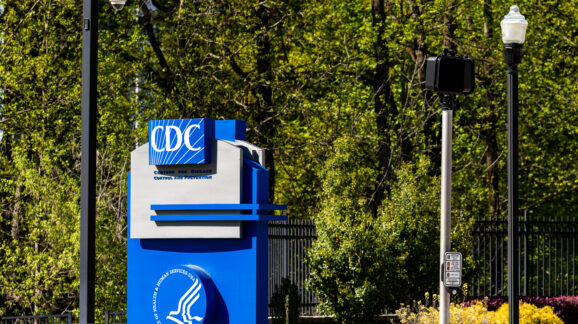Omnibus Bill Throws More Money at CDC, Does Not Reform It

Photo Credit: Getty
Congress has passed the $1.7 trillion fiscal 2023 omnibus appropriations bill. The 4,155-page legislation, which covers everything from agriculture to veterans, includes a section entitled, “Preparing For And Responding to Existing Viruses, Emerging New Threats, And Pandemics which includes multiple proposals dealing with the Centers for Disease Control and Prevention.”
The Centers for Disease Control and Prevention’s (CDC) myriad failures during the COVID-19 pandemic—including, but not limited to, delays in testing due to its insistence that everyone utilize the CDC’s flawed test, its failure to monitor and warn of viral spread from abroad, its inability to accurately model disease spread and outcomes, its failure to clearly communicate with the public, and, perhaps most importantly, its inaccurate advice on mitigation measures that led to unnecessary deaths, a devastated economy, and severe and possibly permanent education losses—are well known. But unsurprisingly, Congress’ response is not to reform and refocus an already well-funded agency. Congress wants to reward it with more money.
The omnibus bill provides $9.2 billion to the CDC, an increase of $760 million over FY 2022. The package includes multiple provisions from Sens. Patty Murray (D-WA) and Richard Burr’s (R-NC) pandemic preparedness legislation, the Prepare for and Respond to Existing Viruses, Emerging New Threats and Pandemics (PREVENT Pandemics) Act (S 3799). But they do little to directly address the agency’s pandemic shortcomings.
The package includes a requirement that the president’s nominee for CDC director be confirmed by the Senate beginning in 2025. Why this will ensure better agency performance going forward is unclear, since the position has historically been filled with prominent and presumably capable scientists already.
The legislation will also require the CDC head to appear before the Senate Health Committee each fiscal year for hearings on the agency’s plans for public health preparedness. Yet the CDC director appeared before various congressional committees throughout the pandemic without any clear benefit.
The bill provides $175 million to modernize public health surveillance and analytics. But this is already a well-funded, core function of the agency. The agency needs to reform its existing structures, not just spend more.
Tens of millions are appropriated to recruit and retain public health workers. But the problem was never a shortage of workers—CDC has 21,000 employees. It was how they were utilized during the pandemic.
Outside of the CDC, the legislation spends money to duplicate preexisting capabilities. It establishes an office for pandemic preparedness within the White House and grants additional authority to the Health and Human Services secretary to coordinate with other federal public health entities for medical preparedness and response activities. Yet in 2006 Congress passed the Pandemic and All-Hazards Preparedness Act (PAHPA, S.3678, 109th Congress), which provided funding “to improve the Nation’s public health and medical preparedness and response capabilities for emergencies, whether deliberate, accidental, or natural.” The statute created a new Assistant Secretary for Preparedness and Response, or ASPR, and the Biomedical Advanced Research and Development Authority, or BARDA, within the Department of Health and Human Services. We need these resources to work better, not to be duplicated.
Regardless, it is a foregone conclusion that this bill will be signed into law by President Biden. Spend first, ask questions later, is, unfortunately, the preferred mode of governing in Washington.